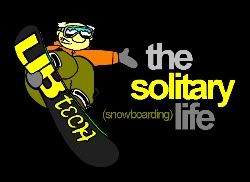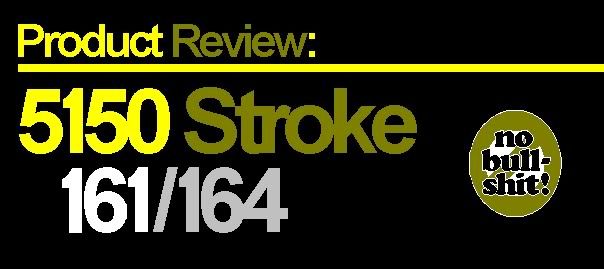
This year, 5150 was kind enough to send over a pair of their new Strokes for product review. We asked for these in order to not only test the Strokes against several other boards that we bought for the quiver this year (including a LibTech Skunk Ape, a Burton Deuce, and a Ride Highlife), but also to test these new rockered Strokes against the previous years' cambered models. For the results of the Camber vs. Rocker test, scroll down to the next entry. Until then, here's the Stroke review:
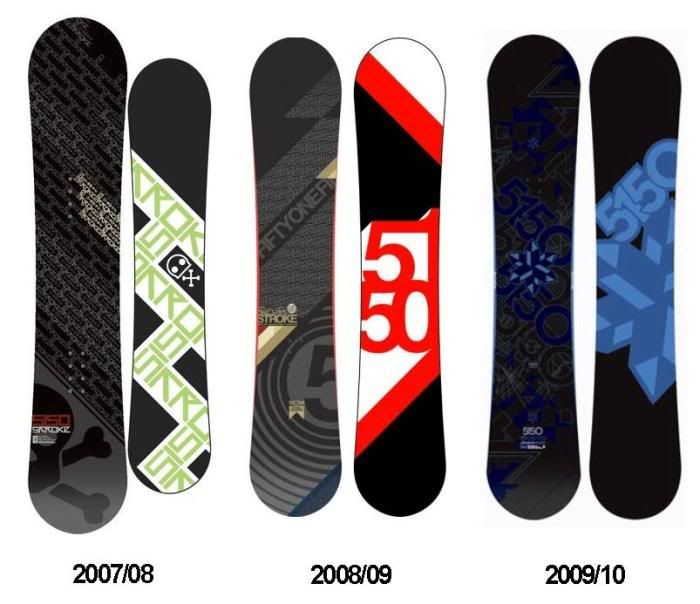
Let's begin with the first thing that anybody with a pair of functioning eyeballs will notice with the new Strokes: The graphics. The image above shows the last three years' worth of Stroke decoration, which we compiled for last year's Stroke product review. In my opinion, the 2007/8 Strokes are still the most badass Strokes ever made, while everything else from there on out was relatively ho-hum...
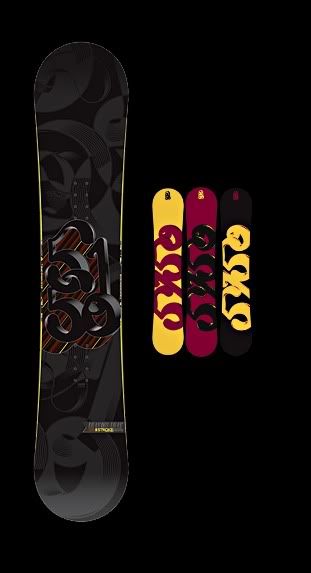
... but at least the 2010/11 Strokes are a vast step up from the fairly boring and mundane 2008/09 and 2009/10 themes. Yeah, they're still fairly low-key, and hugely logo-driven. But at least there is a logo (unlike the 2008/09 season), and there's not a giant snowflake all over the base and topsheet, as there were on the 2009/10 Strokes. Fully set up, the colors on these board actually "pop" pretty nicely. In short? They really look pretty spiffy. Especially up close and personal.
Now if only 5150 could bring themselves to reissue some of their mid-'90s classics! Then, I'd throw down to buy a half-dozen of those puppies next season, fersure. Hey, 5150! Is anybody taking the hint over there...? Hmmm...?

Considering that Strokes are by nature "pricepoint" decks, I decided to set mine up with a corresponding "pricepoint" binding... in this case, some previous-season Forum Recons ($79.99 at The House, www.the-house.com). Last year, we tested Strokes with Burton Freestyles, and they rode very well together... although we did have a technical bulletin in hand that said that these two products shalt never be married. That's us, alrighty: Always breaking the goddamned rules...!
At the end of the day, though, the Stroke/Freestyle combo ended up working just great... as did the Stroke/Recon pairing we tried this year. Although the Freestyles had a few useful and durable features that we missed in the Recons (metal ratchets, adjustable gas pedals, etc.), the Recons eventually proved themselves to be a very tough, comfortable, and inexpensive binding that lent themselves really well to the Stroke. They're also extremely lightweight (probably due to substituting so much plastic for so much metal, and cutting out all of those weight-adding useful features), while the "Elephant" colorway [as Forum calls it] actually brings out the best in the Stroke's graphic. Which is a real achievement.

So, what changed this year for the 5150 Stroke? Actually, this year is pretty significant. Because it marks the first year ever that the entire 5150 lineup switched from the old, cambered profile to a brand-new, "Rad Rock" rocker profile. The "Rad Rock" is a pretty straightforward rocker, with a smooth bend that starts right from the nosekick, and smoothly transitions all the way through to the tailkick. As you can see, the rocker's not particularly pronounced... indeed, it's almost hard to pick out at first glance... but it is extremely functional, and the change from last years' Strokes to this years' models are very noticeable once you set 'em up, and head for the lifts. Especially when you have a previous years' Stroke close at hand. Then, the difference is night-and-day obvious.
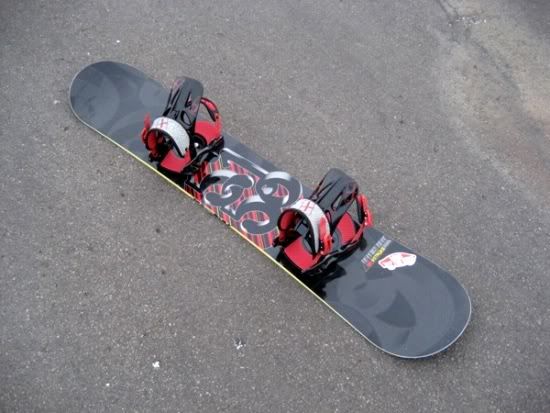
With the change from the camber to the rocker, you gain a few things here, while you also lose a few things there. What you lose is a lot of edge bite and hold, and a little of the hard-charging drive that made the old Strokes such great freeriding platforms. Especially on hard snowpack and ice. The rocker actually seems to diminish what has always been the Stroke's trump card: The tight, progressive sidecut. Without the vice-like edge hold of the previous seasons' cambered Strokes, the magic of the sidecut does seem to get a little bit lost in translation.
But, you do gain a lot with the rocker as well. Mostly: A super-fun, extremely forgiving, and entirely catch-free deck for all sorts of freestyle trickery. This will probably be a major plus for the intended Stroke-demographic snowboard buyer: The relatively inexperienced, extremely price-conscious, first-time board buyer that's probably coming out of the rental fleet, and stepping up to owning his own equipment. So what we lose on the groomers, we more than make up for in the jib park, and with the "newbie" contingent.
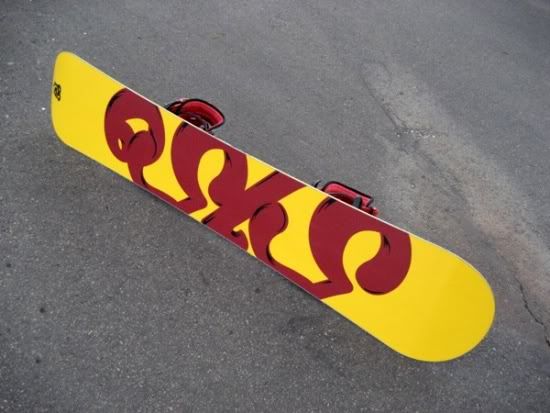
Another place where the Stroke shines, is in the [Bohemia] backcountry. For this application, I set the Recons as far "back" in the hole pattern as I could possibly get 'em, which turned this freestyle twin into a solidly directional, big-nosed board. It also shifts the weight center back closer to the tail for a little more float in the powder, and moves the bindings into the "back seat" of the rear sidecut, for fast-reaction turnability (and less tail drag).
For the backcountry, I also chose the slightly longer 164 (for a little more nose and float, again), while I left the 161 with The Minions for further demolition.
Even in the backcountry, the rockered profile works really, really well. Again, having a virtually catch-and-snag-free deck is a very real asset in the trees and steeps, while the on-a-dime turn-ability came in quite handy for those [rare] times that I could actually spot one of the the many hazards hidden in the snowpack. On this board, I found that I could sneak in and out of incredibly tight places with a minimal amount of pre-planning and effort. Which again, is a major backcountry plus.
Unfortunately, the one attribute that really got put to the test this year at Bohemia, was the overall durability of this deck. This one was totally unintentional, I might add. Obviously, I would have much rather had feet of snow base at Bohemia... not, inches... and totally avoided the rocks-and-stumps program altogether. Alas, this was not to be the case, and the 'ol Stroke got it's ass beaten down on virtually every turn of every run that I got in up there. But it not only survived, it actually out-survived a lot of "premium-priced" decks that got their lives ground out of 'em on Bohemia's opening day.
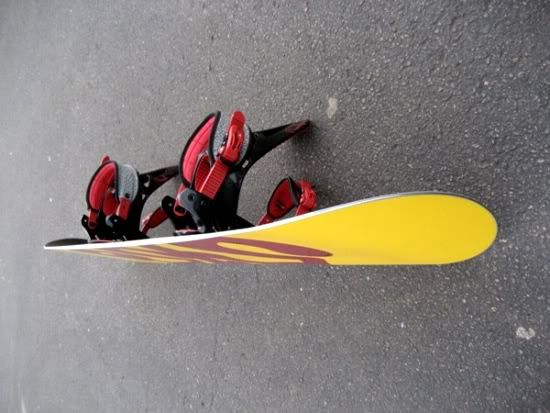
5150 claims in their literature that their "sintruded" bases (which are obviously bases that combine both the best qualities of both sintered and extruded bases) are incredibly easy-to-fix, while being nearly as fast as true-sintered bases. Unfortunately, we never really got the chance to test this theory until my ill-fated Bohemia trip. When I got back, the first thing that I did was call Ron over at Rusted Moon Outfitters [in Indianapolis, Indiana] to see if I could get some same-day service on a quick base patch and grind. Sure enough, within a half an hour, Ron had that base completely patched in with clear Ptex, ground out, re-structured, and ready for wax. I'd call that "pretty impressive", by any measure... especially considering the amount of damage involved. As far as "holding wax" goes, I guess it's a little bit better than "good enough". Not "the best ever", by any means. But definitely good enough to work, and work well, for somewhere around 95% of the entire snowboarding world.
One thing that I should say that is true of all snowboards... regardless of the "pricepoint" involved... is that well-cared-for equipment always works a hell of a lot better... and survives much, much longer... than stuff that is "less-than-well-cared-for". The Stroke is a great example of this. Right from the get-go, the first thing that we did was to completely strip off the factory-applied wax, and base prep and hot wax with Hertel Racing FC739... an excellent all-temperature wax that is simply put, some of the fastest shit that you could ever put onto a snowboard base. I'm also a "habitual waxer"... I wax daily, whether the board actually needs it or not... and every few sessions my board gets a full base clean, edge sharpening, and hot wax.
That said: If you do decide to buy a Stroke? Use a few of those dollars that you saved, and invest a measly twelve bucks [or so] into a blob of wax. And then, use it. Believe me: You'll thank me later for this advice.
At the end of the day, the final result is this: As far as "pricepoint" product goes, this simply cannot be beat. It consistently out-rides a lot of "midrange" snowboards, while it actually out-lasts a lot of "premium" product (as we found the hard way at Bohemia). It's damn near bulletproof, and totally easy to repair and maintain.
But most of all: It's a blast to ride. And that's what really counts, isn't it...?
